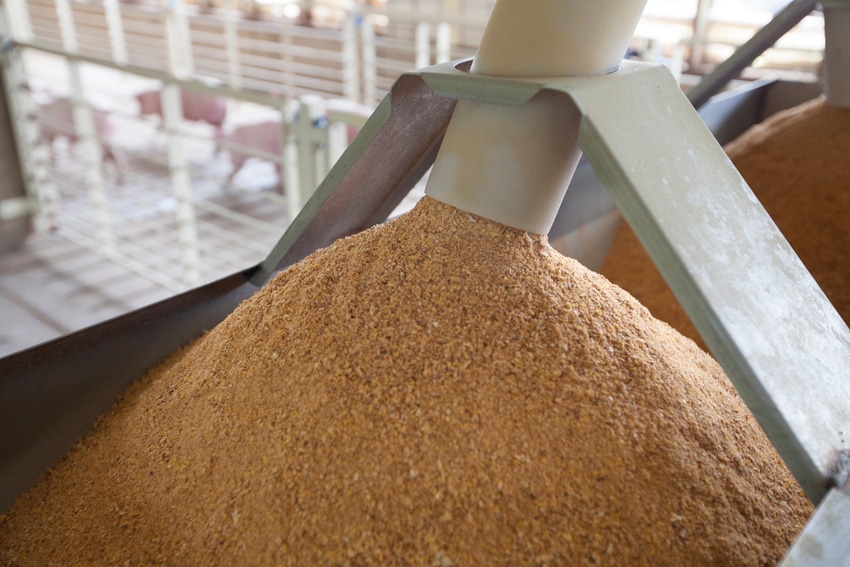Risk assessment models U.S. risk of ASF introduction in feed
Model can be used to evaluate risk mitigation strategies, critical control points for inactivating ASF in feed.
October 26, 2021

Evidence suggests African swine fever virus (ASF) may survive under conditions similar to those observed in transoceanic transport models. In a Swine Health Information Center (SHIC)-funded study, researchers developed a quantitative risk assessment model to estimate the probability that one or more corn or soybean meal ocean vessels contaminated with ASF would be imported into the U.S. annually. Ultimately, the model can be used to evaluate risk mitigation strategies and critical control points for inactivating ASF during feed ingredient processing, storage, and transport, and contribute to the design and implementation of biosecurity measures to prevent the introduction of ASF into the US and other ASF-free countries. Study authors are Rachel Schambow, Fernando Sampedro, Pedro Urriola, Jennifer van de Ligt, Andres Perez, and Gerald Shurson.
The published, copyrighted study said the final estimate was conditionally based on five likelihoods: probability of initial ASF contamination, ASF inactivation during processing, ASF inactivation during transport, recontamination, and ASF inactivation while awaiting customs clearance at U.S. entry. “What if” scenarios were used to explore their impact on risk.
The model estimated complete inactivation of ASF after soybean extrusion or solvent extraction processes regardless of the initial ASF contamination probability assumed. The value of recontamination was highly influential on the risk of one ASF-contaminated soybean meal vessel entering the U.S. Using the current information available, results showed it would be certain that at least one vessel with ASF-contaminated soybean meal would be imported once every 21 to ~1,500 years. When all raw corn was assumed to be contaminated and no recontamination was assumed to occur, median probability of one vessel with ASF-contaminated corn entering the U.S. was 2.02%, or once every 50 years. Days of transport, virus survival during transport, and number of vessels shipped were the most influential parameters for increased likelihood of a vessel with ASF-contaminated soybean meal or corn entering the U.S.
The model helped to identify knowledge gaps that are most influential on output values and serves as a framework that could be updated and parameterized as new scientific information becomes available. Researchers propose the quantitative risk assessment model developed in this study be used as a framework for estimating the risk of ASF entry into the U.S. and other ASF-free countries through other types of imported feed ingredients that may potentially become contaminated.
Paul Sundberg, DVM, PhD, DACVPM, executive director of SHIC, recently joined Feedstuffs 365 to discuss the study and more. To view the interview, click here.
SHIC, launched by the National Pork Board in 2015 solely with Pork Checkoff funding, continues to focus efforts on prevention, preparedness, and response to novel and emerging swine disease for the benefit of U.S. swine health.
You May Also Like



